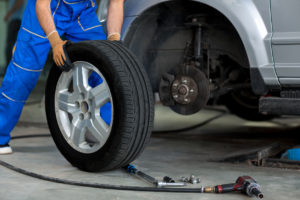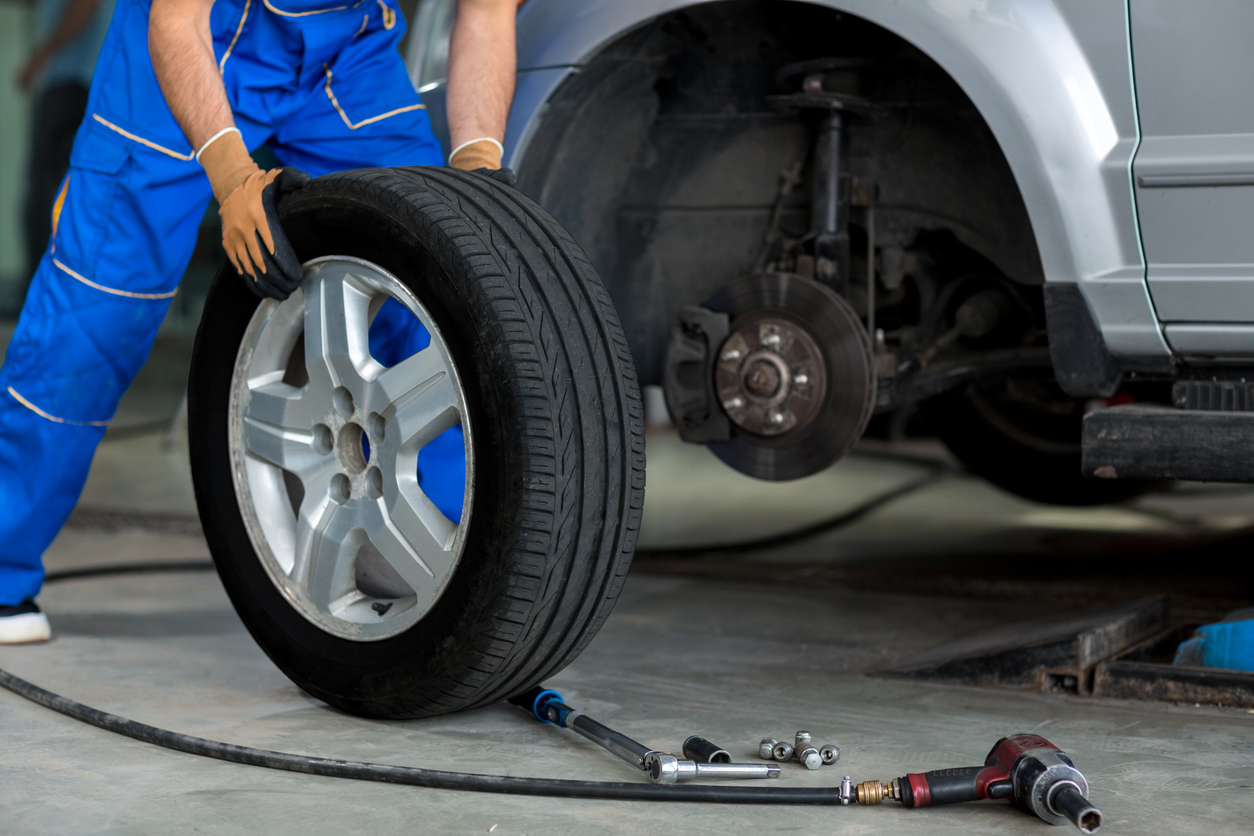Justin Stoltzfus
There’s a lot that many drivers don’t know about their cars. But getting to know your vehicle a little better could pay off in terms of a lower accident risk — and lower auto insurance premiums. Your tires are a good place to start.
According to a tire maintenance and safety guides from Nationwide and Edmunds.com, some vehicle owners aren’t as proactive as they should be about some of the most basic aspects of tire safety.

They encourage vehicle owners to do the following:
- Check the tread. Use the penny test. Put a penny into the tread. If Lincoln’s head shows, it’s time for new tires. Be on the lookout for uneven wear. If some parts of the tire are more worn than others, it could be a sign of bigger problems, like misaligned wheels or worn shock absorbers, according to Edmunds.com.
- Rotate your tires. Changing tires front to back and side to side can help even out wear, which is important for tire longevity and safety.
- Buy the right tires. When you do buy new tires, make sure they’re really new. Look at the sidewall of the tire. The last four digits correspond with the week and year that the tires were manufactured. Nationwide recommends not buying tires that are more than a few years old.
- Check tire pressure. For older vehicles without tire pressure monitoring systems, Edmunds.com recommends checking tire pressure on a seasonal basis to make sure that all four tires are properly inflated. This can help with fuel economy, and can prevent your tire from failing and causing an accident.
- Be nice to your tires. Edmunds.com cautions against abrupt stops and starts and turns that make your tires squeal.
With a slew of options, what kind of tires should you choose?
According to Edmunds.com, some things to keep in mind include:
- Size. Check your owner’s manual for the right tire size for your car. If tires are too small, they can overheat. If they’re too big, they can damage your car by rubbing against it.
- Tread. Some tires are designed for mud and snow. Others are meant only for normal driving conditions.
- Ratings. Tires are ranked on several categories, including treadwear (how long they last), traction (how well they can stop on slick roads) and temperature resistance (how well they can withstand overheating at high speeds). Knowing your priorities will help you make the best selection.
In addition, Edmunds.com suggests registering your tires so you can get updates on safety recalls from the manufacturer; ask the tire seller for a registration form.

1 thought on “The right tires mean a smoother, safer ride”